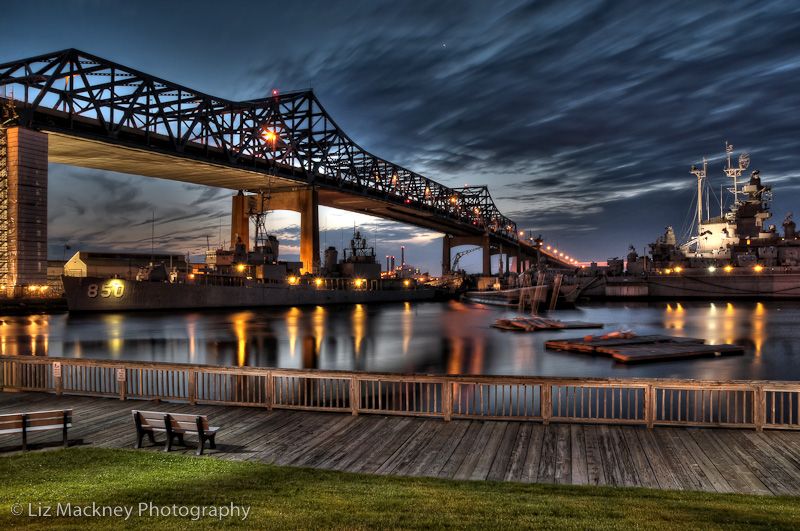THE HISTORY OF CITIES & TOWNS – FALL RIVER, MASS.
June 11, 2018
Fall River is very old and historical city in the state of Massachusetts that is known by many in the state. Fall River was founded in 1803, and over the following years, the city grew in population, which included many Portuguese immigrants. These immigrants came into work at the big mills and factories in the city. Fall River played a big role in the demand in cotton and the manufacturing of textiles. Fall River also played a role in the Industrial Revolution by inventing and creating new things for production in their booming factories. The city gained many people causing a construction boom to house the growing population. The city has a very big and interesting history in Massachusetts, but there are many things that people may not know about this city.
Fall River was originally going to be incorporated into the town of Freetown, a village of 100 people and 20 dwellings. In 1803, Fall River was separated from Freetown and formed its own village. In 1804, the name of Fall River was changed to Troy but it was eventually changed back to Fall River in 1834 because it was felt this better described the area and was easier to remember. The Quequechan River had a great water flow of 26 million gallons of water per day, which dropped 129 feet in less than a half a mile. This was a tremendous source of water power. Quequechan is an Amerind name meaning leaping or falling waters.
In 1778, there was a battle between the British and Colonials near the site of City Hall. About 150 British were repelled and retreated back to their ship. Thomas Borden, a resident of Fall River, had his grist and saw mill burned down, as well as a few houses.
In 1840, more than 30 men were quarrying the distinctive granite found under Fall River. By the end of the century, 120 men were quarrying stone. Much of that granite can be seen in the architecture of the factories and apartments.
In 1862, The border between Massachusetts and Rhode Island within Fall River was settled. The new border was moved south from Columbia Street to State Street. The dispute was settled by the U.S. Supreme Court.
By the 1880’s, Fall River could boast having the most streetcars, telephones, electric service, and other services. The first streetcar rails were laid in 1880. The cars were first pulled by horses, but by the early 1890’s, the system was electrified. By 1900, most of the city was accessible by streetcar. The streetcars operated until 1936.
In education, Fall River stood high among neighboring cities and towns. The city provided free textbooks to its pupils 10 years prior to the law requiring it. When Durfee High School was opened in 1886, it was considered the finest in the nation.
The first postal service started in 1811 and the first free delivery started in 1863. In 1885, The Fall River Daily Globe, a democratic newspaper, was established, which was absorbed by The Fall River Herald News in 1929.
The Andrew Johnson house on Rock Street, home of The Fall River Historical Society, was originally built on Columbia Street in 1843. Three- fourths of the house stood on Massachusetts ground, but one fourth on Rhode Island ground. In 1870, the house was moved, piece-by-piece to its present-day location.
The Fall River stop on the New York, New Haven and Hartford railroad was built in 1891. The station was situated near the intersection of North Main Street and President Ave. The Brightman Street Bridge was opened in 1908. It cost a little over a million dollars for the 922 feet long, 60 feet wide span. The location of a permanent Amerind encampment is adjacent to where the bridge is . The Braga Bridge was originally called The Taunton River Bridge. The bridge was renamed after Charles Braga Jr., a Fall River native who lost his life during the Japanese attack on Pearl Harbor.
In the 1800s, the Borden family was a very famous and rich family that lived in Fall River. In 1892, Lizzie Borden was accused of the murder her father and stepmother with an axe inside their home. However, she was never found guilty and lived until 1927.
Fall River had then made itself a big tourist attraction with people going to Kennedy Park for picnics and festivals and Battleship Cove for carousel rides and walking along the boardwalks with the view of the U.S.S. Massachusetts (A.K.A. Big Mamie.) Fall River became a very sprawling city with a big population. A 2018 Census says that the population of Fall River currently is 89,420. Fall River is a very historical and scenic city, with its rows of apartments on sloping hills as the cities lights reflect onto the calm surface of The Taunton River. Fall River has evolved as a city throughout the decades, with big churches and their high piercing towers, old historical granite mills, and the prestigious architecture of the Highlands. Over the years, Fall River has become a well-known city in the state of Massachusetts.


